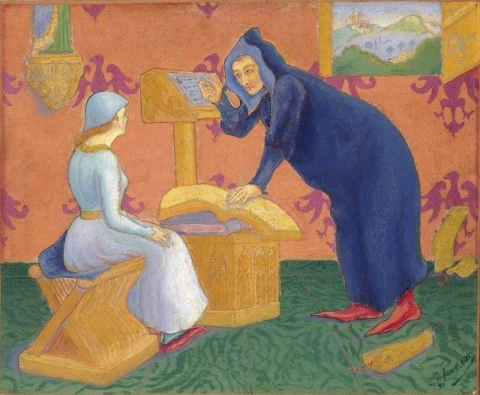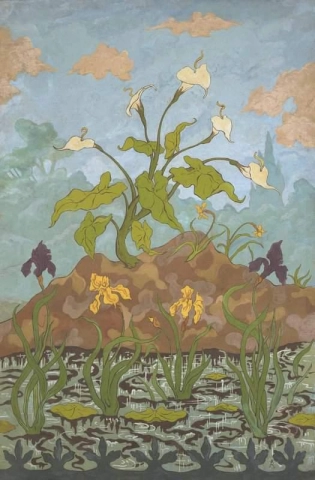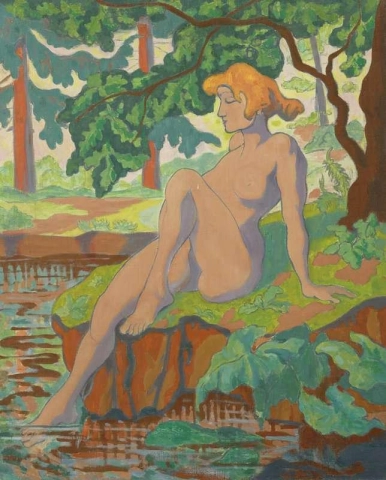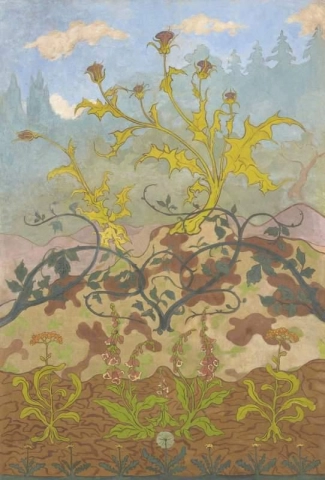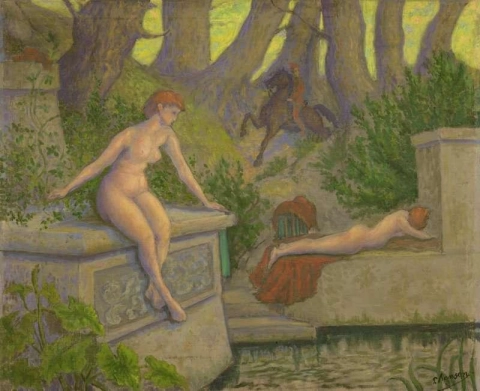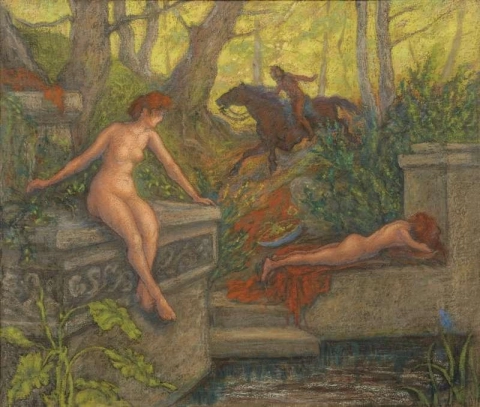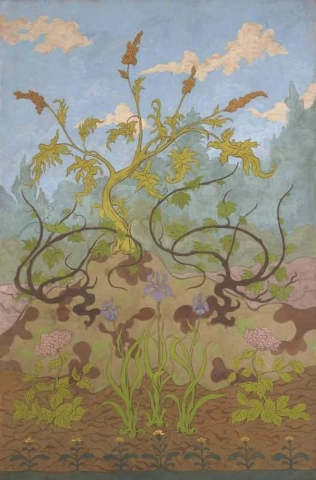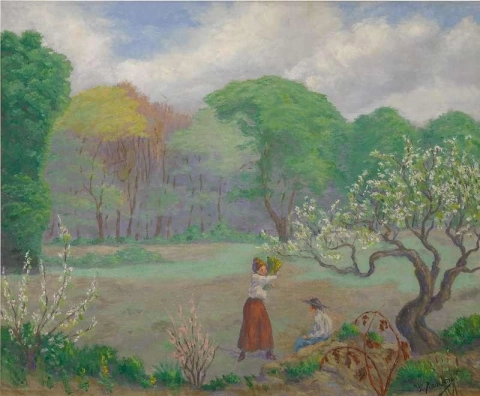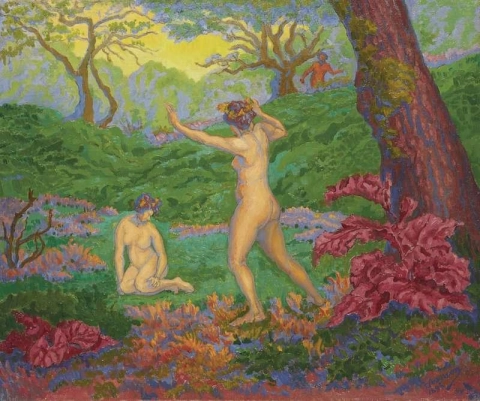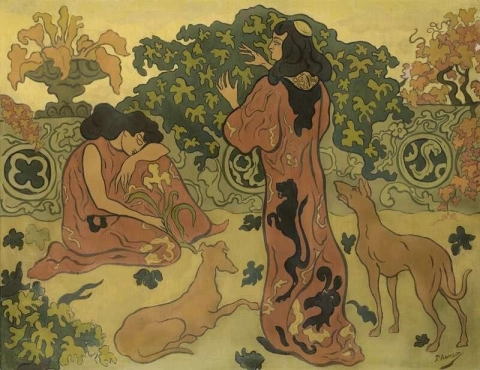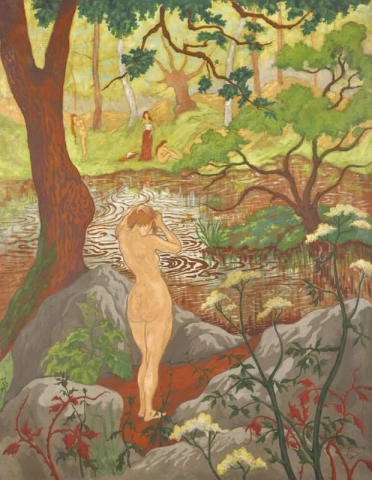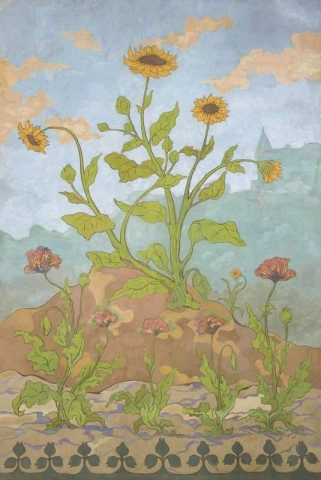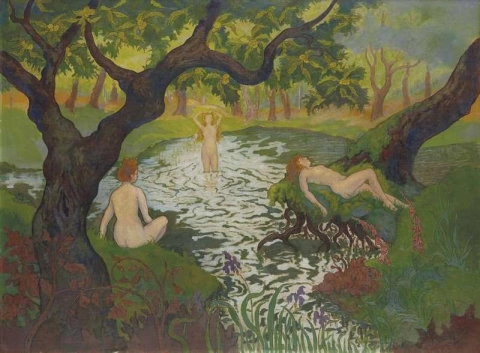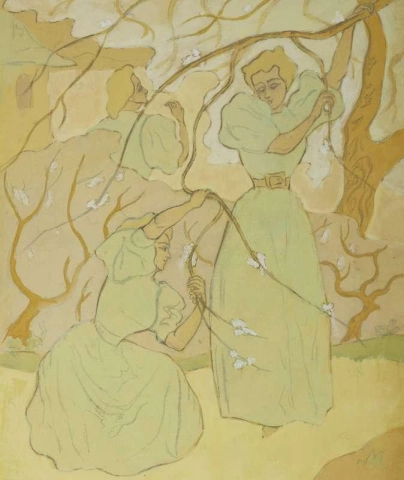Hand-painted painting reproductions - Artists - Paul Ranson
Welcome to the world of Paul Ranson!
At POD we are passionate about reproducing high quality oil paintings. We use meticulous technique and artisanal know-how to recreate works of art that will take you on a journey to the heart of Paul Ranson's creation.Imagine owning an original work of art by Paul Ranson, one of the greatest artists in history. At POD we offer you the opportunity to make this dream come true. We reproduce Paul Ranson's works down to the smallest detail, so you can enjoy them in your own home.
Our reproductions are made by experienced artists who use the best materials and techniques. We are dedicated to providing you with the highest quality works of art, which will bring joy and inspiration to your family for generations.
Biography
Paul Ranson (1864–1909) was a French painter and one of the prominent figures associated with the Nabis, a post-impressionist avant-garde artistic movement in France during the late 19th and early 20th centuries. Born in Limoges, France, Ranson initially pursued a career in law but later turned to art, studying at the Académie Julian in Paris.Ranson's association with the Nabis, a group of like-minded artists that included Pierre Bonnard, Édouard Vuillard, and Maurice Denis, among others, played a crucial role in shaping his artistic style. The Nabis sought to move beyond the constraints of academic tradition, embracing symbolism, decorative elements, and a more subjective approach to art.
One of the distinctive features of Ranson's work was his use of bold colors and simplified forms. He often painted landscapes, still lifes, and portraits, infusing them with a sense of symbolism and spiritualism. The Nabis were influenced by a variety of sources, including Japanese prints, medieval art, and the Symbolist movement, and Ranson's work reflects these eclectic inspirations.
Ranson was not only a painter but also a decorative artist. He explored various mediums, including ceramics, tapestries, and designs for furniture and other decorative objects. His interest in the decorative arts was aligned with the Nabis' vision of integrating art into everyday life.
One of Ranson's notable works is "Apple Tree with Red Fruit" (c. 1902), a vibrant and symbolic painting that exemplifies his use of color and form. The apple tree became a recurring motif in his art, symbolizing life, renewal, and the spiritual connection between humanity and nature.
Tragically, Paul Ranson's career was cut short when he succumbed to an illness at the age of 45. Despite his relatively short career, his contributions to the Nabis movement and the broader development of modern art were significant. Today, Ranson's works can be found in major museums, and his legacy endures as part of the rich tapestry of the avant-garde art scene in turn-of-the-century France.
